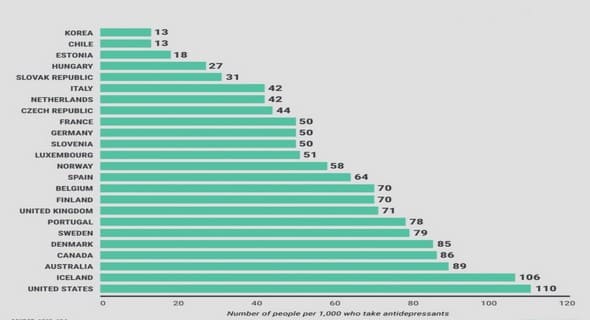(Downloads - 0)
For more info about our services contact : help@bestpfe.com
Table of contents
I Introduction
I.1 Rotating dynamos as a simple model
I.2 Turbulence
I.3 Rotation
II Dynamo effect of quasi-twodimensional flows
II.1 Helical and Nonhelical flows
II.2 Dominant scales responsible for dynamo action
II.3 Helical dynamo
II.3.1 Dependence on Re
II.4 Nonhelical dynamo
II.4.1 Dependence on Re
II.5 Critical magnetic Reynolds number Rmc
II.6 Dependence on kf L
II.7 Conclusion – Part 1
II.8 Saturation of the dynamo
II.8.1 Robert’s flow as an example
II.8.2 Different scaling laws
II.9 On experimental dynamos
II.10 On numerical models of dynamo
II.11 Saturation of the 2.5D dynamo
II.12 Joule dissipation and dissipation length scale
II.13 Saturation in a thin layer
II.14 Conclusion – Part II
IIIKazantsev model for dynamo instability
III.1 Model development for 2.5D nonhelical flow
III.2 Model flow
III.3 Growth rate
III.4 Different limits
III.4.1 Limits Rm → ∞,Dr → 0
III.4.2 Rm → ∞,Dr → 0
III.4.3 Rm → ∞,Dr → ∞
III.5 Correlation function and energy spectra
III.6 Comparison with direct numerical simulations
III.6.1 White noise flows
III.6.2 Freely evolving flows
III.7 Conclusion-Part 1
III.8 Intermittent scaling of moments
III.9 α-dynamo for Kazantsev flow
III.10 Numerical results
III.10.1 Saturation/Nonlinear results
III.11 Conclusion
IV 3D Rotating flows and dynamo instability
IV.1 Parameter space
IV.1.1 Transition to the condensate
IV.2 Asymptotic limits
IV.3 Conclusion – Part 1
IV.4 Rotating dynamos
IV.4.1 Parameters of the study
IV.4.2 Critical magnetic Reynolds number
IV.4.3 Visualizations
IV.4.4 Helical forcing case
IV.4.5 Structure of the unstable mode
IV.5 Conclusion


